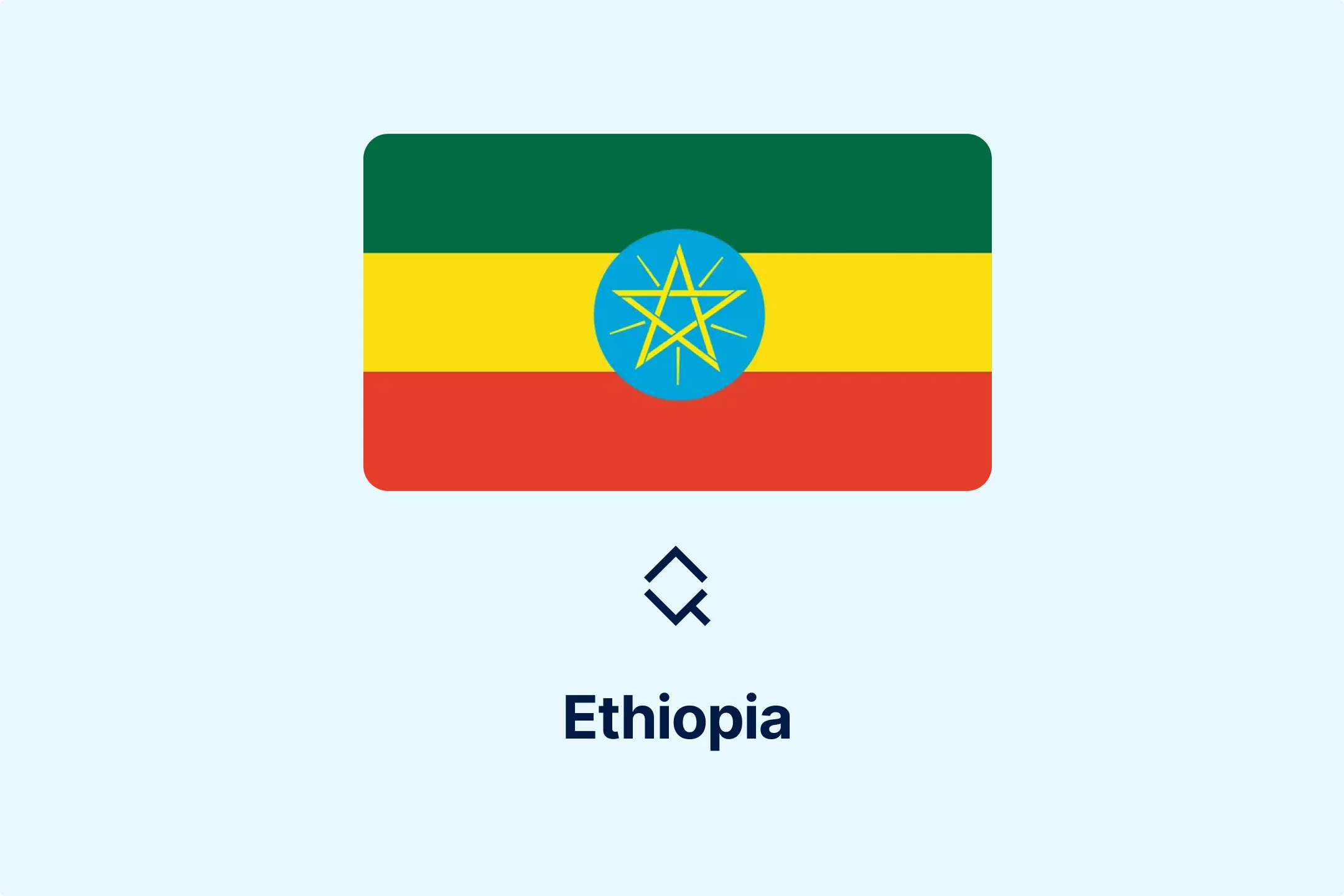Ethiopia’s Digital VAT Reforms: Key Changes and Implications

Introduction
In a bold step toward modernising its tax system and capturing revenue from the digital economy, Ethiopia enacted sweeping changes to its Value Added Tax (VAT) regime. The centerpiece of this reform is Proclamation No. 1341/2024, enacted in July 2024, which repeals the former VAT law under Proclamation No. 285/2002. Among its most significant changes is the extension of VAT obligations to non-resident providers of digital services and digital platforms, following the model increasingly adopted across East Africa.
1. Legal Framework and Policy Objectives
The digital VAT framework is established under VAT Proclamation No. 1341/2024, with implementing regulations expected. These rules mark a substantial upgrade to Ethiopia’s tax base by targeting the supply of digital services from abroad and strengthening the country’s enforcement architecture through a mix of registration, reporting, and technology-based criteria.
Key policy objectives include:
Taxing the digital economy fairly and effectively.
Aligning with OECD digital VATguidance and practices adopted in the East African region.
Increasing VAT revenue and curbing base erosion from cross-border e-commerce and digital consumption.
2. Scope of Digital Services Under VAT
a) Extension to Non-Resident Digital Service Providers
Effective August 2024, Ethiopia began requiring non-resident providers of electronic services to register and account for VAT when supplying to Ethiopian consumers. This includes foreign companies offering:
Video and music streaming
Cloud computing and hosting services
Software downloads and updates
E-learning platforms
Advertising services and online marketplaces
b) Digital Platforms and Marketplace Liability
Marketplaces and platform operators are treated as the deemed supplier where they facilitate the sale of digital services to local consumers. Digital platforms (e.g., app stores, e-learning sites) are treated as "deemed suppliers" if they:
· Authorize payments.
· Set supply terms.
· Facilitate delivery
c) B2B vs. B2C Transactions
B2C transactions are subject to the 15% VAT while B2B transactions follow a reverse chargemechanism, where the Ethiopian business self-accounts for VAT.
3. Registration, Thresholds and Filing
a) VAT Registration Threshold
A registration threshold of ETB 2 million per annum (approximately USD 16,800) has been set for both resident and non-resident providers. Once this threshold is exceeded, the supplier must:
Register with the Ethiopian Ministry of Revenues and Customs Authority
Charge 15% VAT on applicable digital services
File VAT returns and remit tax
The threshold is relatively low in comparison to neighbouring countries, ensuring a wide coverage of mid-sized international providers.
b) Simplified Digital Registration
For non-resident businesses, a simplified registration portal is expected to be introduced to facilitate remote compliance. The upcoming regulations are likely to include flexible filing mechanisms and allow for the use of tax agents or intermediaries in Ethiopia.
c) VAT invoicing
The proclamation states that taxpayers are required to issue VAT-compliant invoices. However, the invoicing requirements will be set in future regulations.
4. Determining Place of Supply
To determine whether Ethiopia is the place of supply and thus where VAT is chargeable the draft regulations propose using a combination of digital identifiers. These include:
Bank or payment details associated with Ethiopia
Fixed-line internet connection located in Ethiopia
Mobile phone SIM card or country code linked to Ethiopia
IP address indicating Ethiopian location
This approach is consistent with international standards on remote digital VAT rules, enhancing the enforceability of Ethiopia’s VAT on foreign digital providers.
5. Broader VAT Landscape in Ethiopia
While the digital VAT measures are new, they operate within Ethiopia’s broader VAT framework, which retains several traditional features:
a) VAT Rate and Structure
Standard VAT rate: 15% applies to: Supply of goods and services in Ethiopia, including imports
Zero-rated: Exports and services rendered outside Ethiopia
Exempt: Basic foodstuffs, medical and educational services, financial services and some agricultural products
b) Input VAT Deduction
Registered businesses may deduct input VAT incurred on purchases directly related to taxable supplies. If input VAT exceeds output VAT, the credit can be carried forward or claimed as a refund (subject to conditions).
6. Technology and Administrative Infrastructure
To support the implementation of these reforms, Ethiopia is investing in tax digitisation:
The Integrated Tax Administration System (ITAS) is replacing the legacy SIG-TAX platform, introducing:
Digital taxpayer registration and return filing
Improved data analytics and taxpayer profiling
Integration with customs and revenue systems
Conclusion
Ethiopia’s Digital VAT Reform is a significant milestone in the country’s tax modernization journey. By taxing non-resident providers and marketplaces, introducing digital identifiers to determine place of supply and leveraging technology through ITAS and Fayda integrations, the government is moving decisively toward a more equitable and efficient VAT regime.
The reform aligns with international VAT principles and seeks to improve compliance, enhance tax neutrality, and increase domestic revenue mobilisation in a fast-evolving digital environment. Final regulations will be critical in shaping the next phase of implementation, but the direction is clear: Ethiopia is aligning with global digital VAT practices and building a framework that ensures cross-border fairness and compliance in an increasingly digital economy.
Source: Ethio Alliance, Value Added Tax Proclamation 1341/2024

Featured Insights

Angola’s E-Invoicing Mandate: Phased Implementation Continues Into 2026
🕝 December 10, 2025
VAT Deduction and Business Succession: When Do Advisory Costs Serve the Company’s Interest?
🕝 December 8, 2025
Europe’s Plastic Fiscal Shift: Why Italy’s Plastic Tax Now Starts in 2027
🕝 December 3, 2025
The Decline of Low-Value Import Exemptions: Closing Gaps in Cross-Border E-Commerce
🕝 November 20, 2025More News from Ethiopia
Get real-time updates and developments from around the world, keeping you informed and prepared.
-e9lcpxl5nq.webp)


